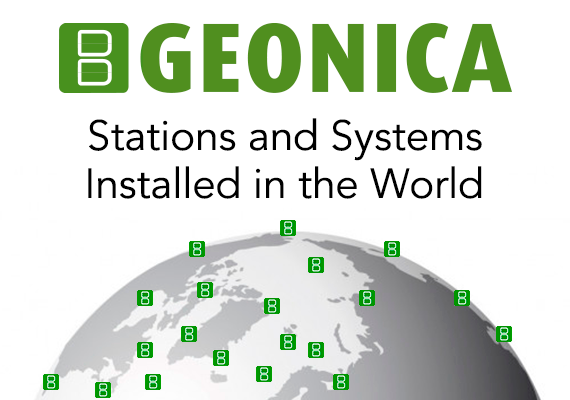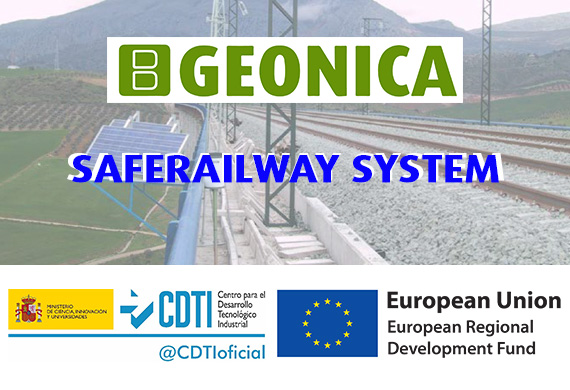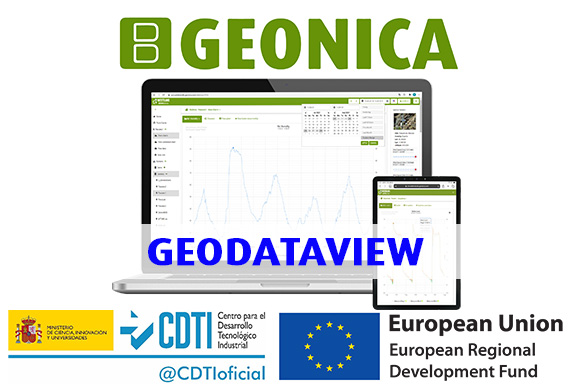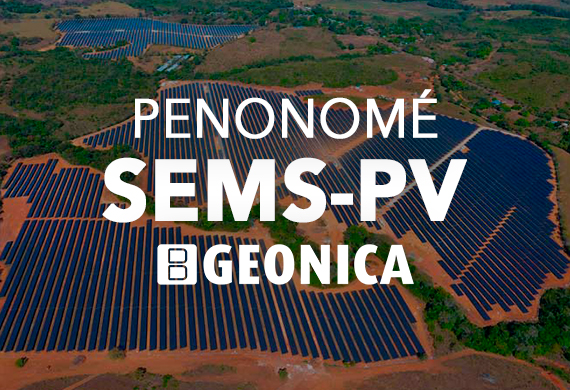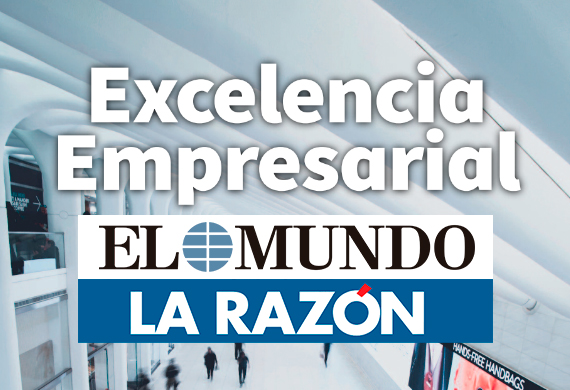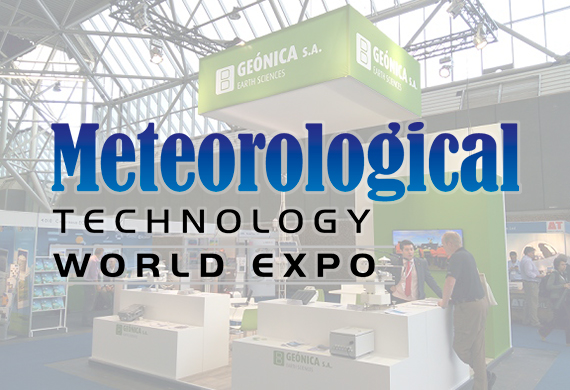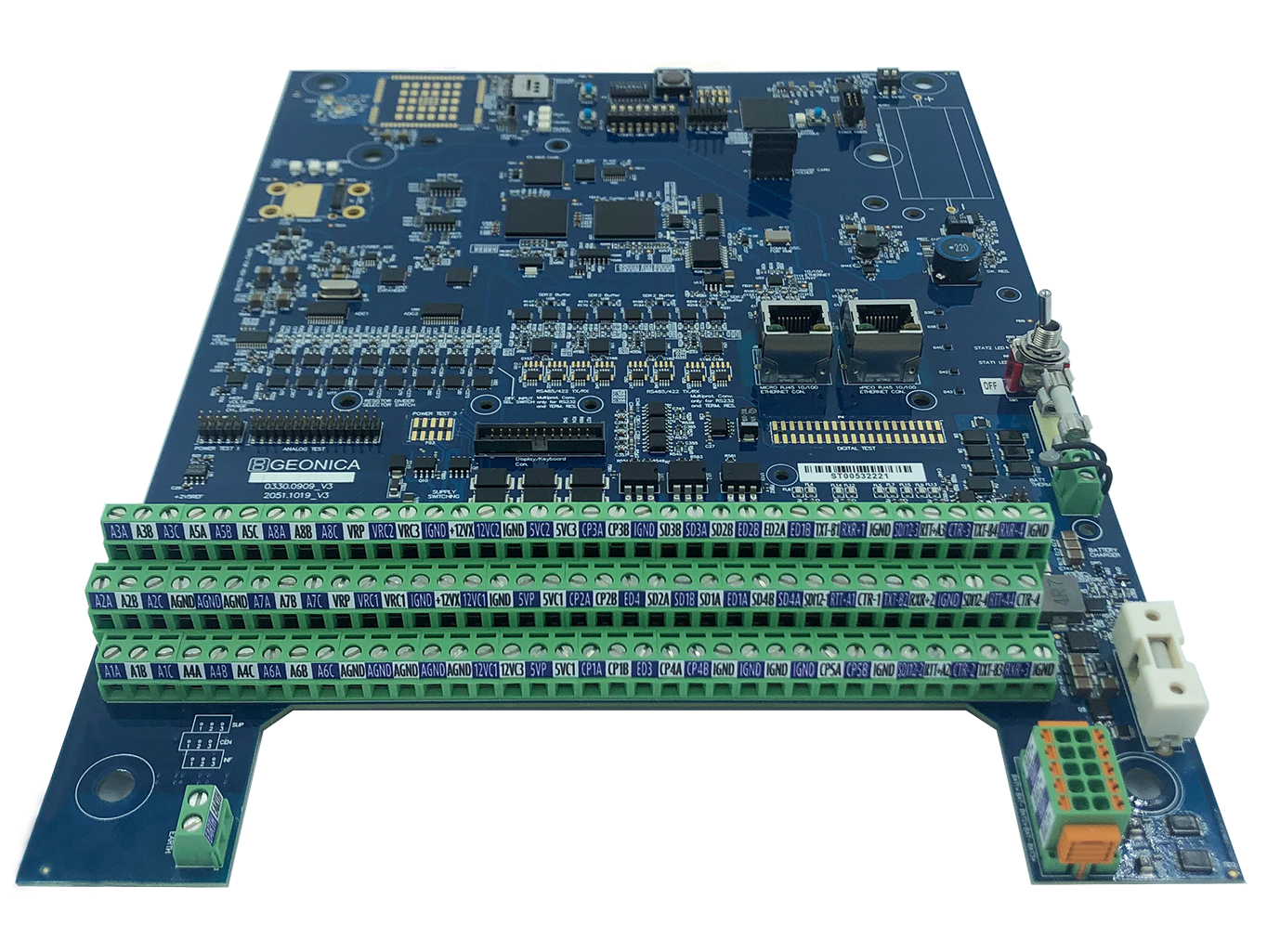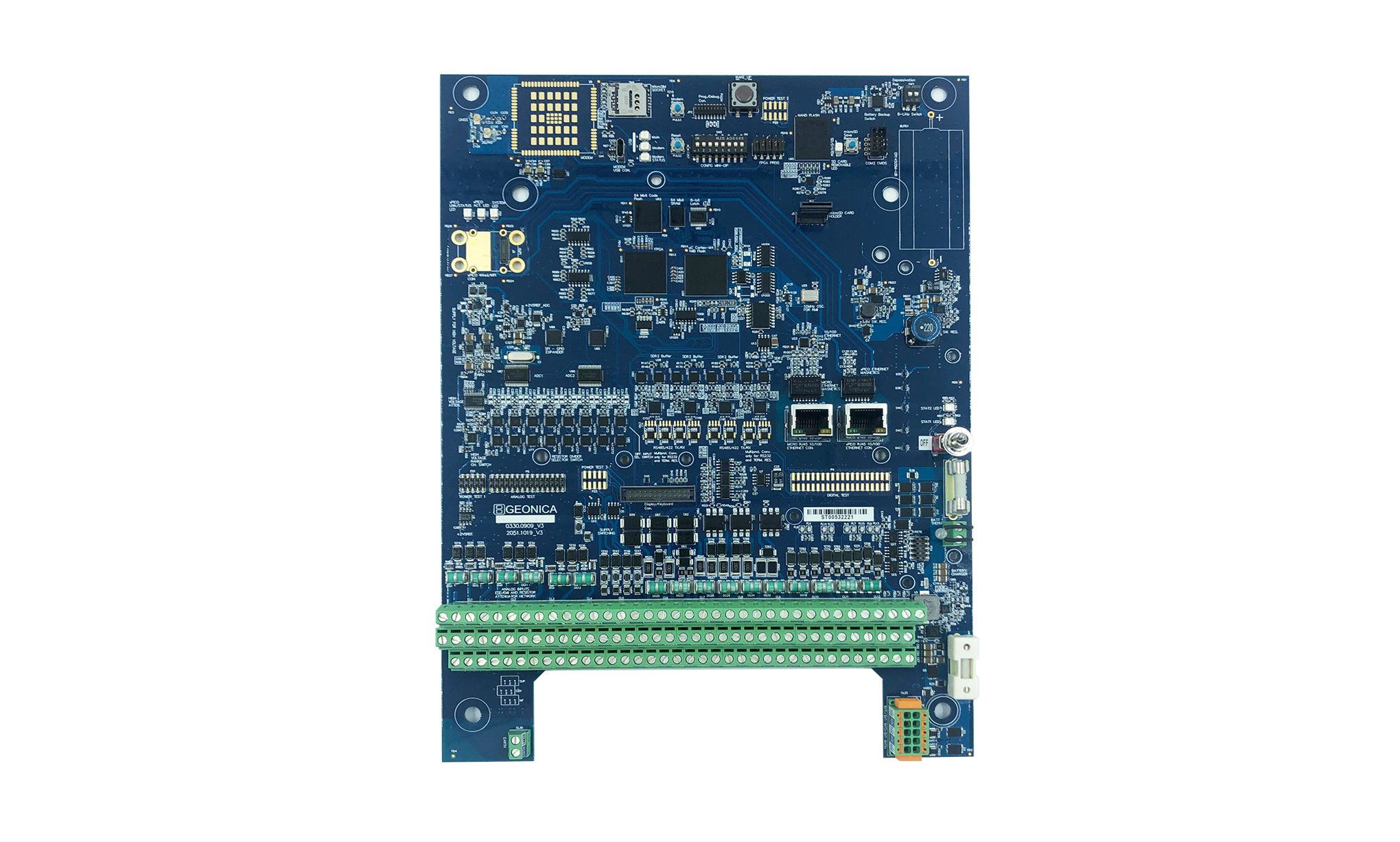- Home / Products / Geophysical Instruments / Magnetic Resonance Sounding
Magnetic Resonance Sounding
MRS (Magnetic Resonance Sounding) technique.
The MRS (Magnetic Resonance Sounding) technique is mainly used to locate groundwater. A powerful high-frequency EM (electromagnetic) signal, equal to the Larmor frequency of excitation of hydrogen protons, is emitted by an antenna with sufficiently large coils (for example, square loops up to 150 m on a side) placed on the ground, in order to make it penetrate into the subsoil to be studied.

Part of this energy excites the hydrogen protons of the water molecules present in the soil. Immediately after this, the release of this excitation generates a relaxation signal that fades over time, according to a certain function.
The initial amplitude of the relaxation signal (measured in nV) is proportional to the percentage of water content. The attenuation constant (measured in ms) is related to the porosity of the soil. Lastly, the amplitude or intensity of the excitation signal, together with its duration (the product: A·ms), determines the greater or lesser depth of the study. Under favorable conditions, depths of up to 150 meters can be studied.
The main factors that affect the penetration capacity of this subsoil survey technique are the following, among others: The aquifer size; the electrical conductivity of the rock; the amplitude and inclination of the terrestrial magnetic field; characteristics of the constituent materials of the aquifer; as well as, of course, the size of the antenna used and the electromagnetic noise in the area being surveyed.
The RMS technique is the only method that can directly detect the presence of water in the subsoil, in addition to other hydrogeological parameters.

Main applications:
- Location of groundwater.
- Location of faults and fracture zones in the terrain.
- Aids to select drilling points.
- Location of minerals because of their high conductivity.
- Location of underground cables and pipes.
- Detection of cavities.


































